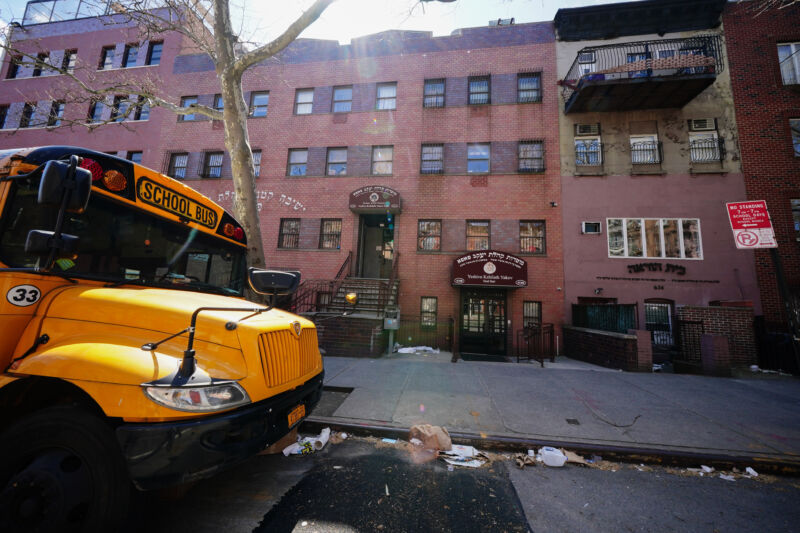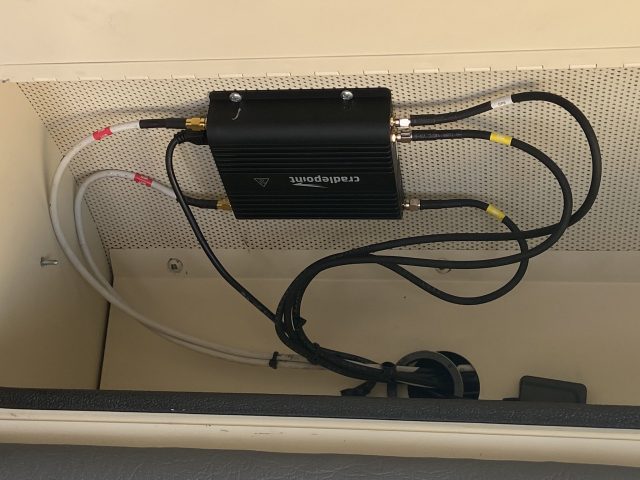
As education systems in the United States scramble to make remote learning possible in the era of COVID-19, the harsh realities of the country's digital divide continue to present themselves. Not all areas have access to reliable broadband. Not all children have access to a laptop. And even if both of those conditions are met, not all families have a home-Internet connection. According to FCC data from 2019, about 20 million Americans lack access to fixed broadband with speeds of at least 25Mbps down and 3Mbps up. The Associated Press estimates about 18 percent of US students fall into that category.
Yet as school districts nationwide struggle to virtually translate the classroom experience, an increasing number of them have at least found a decidedly DIY-solution to this basic question of connectivity: the classic, big, yellow (diesel) school bus as a Wi-Fi hub.
From Austin, Texas, to South Bend, Indiana, to Millard County, Utah, to Toledo, Ohio, to Petal, Mississippi, (and countless other areas), these timeless symbols of a traditional school day are being strategically deployed with Wi-Fi networks in tow to help serve the most in-need students in a district.
"We are trying every way we can to reach [our students]," Kevin Schwartz, the Austin school district's technology officer for learning and systems, said during an April board meeting, according to the Austin American-Statesman. "It may be a few doors down the hall, or it may be across town, but they are displaced. So, this is a tall task... It's not just a matter of handing a computer and a hotspot to a kid. There are grants and other programs that we are trying to bring together."

The details can vary by location, but generally the buses stem from public-private partnerships between a school district (providing buses) and an ISP (providing equipment) in the area. Officials outfit a fleet of buses with routers or mobile hotspots and then strategically deploy them to areas most in need. Buses park in posted locations during consistent school-day time slots to allow families to plan for reliable connectivity on a regular basis. On the user end, these impromptu networks exist as limited and locked down for some basic security: they're often only compatible with district-issued Chromebooks (meaning content restrictions), only usable within a few hundred feet of the bus, and only accessible after entering a basic SSID password. You can see a user guide for the mobile networks deployed this week in Austin here.
While not a perfect solution—students still need hardware and transportation to get within range of a mobile network, for instance, and both hours and locations are limited—it's definitely something. And as education, like all industries, navigates the transition into a COVID-19 existence, something is distinctly better than nothing.
reader comments
59